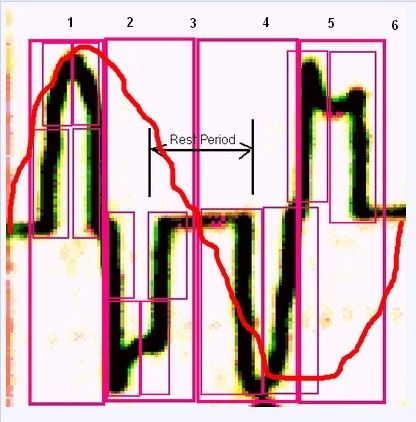Modified sine wave
Hello Randy
Yes thanks very much. I have revised your wave to reflect all of our posts and by keeping the material before our eye we made indeed replicate some sort of off shoot of this tech.
At first I didn't really see the wave like you had shown.
Here is a small tweek.

Mike
Originally posted by tachyoncatcher
View Post
Yes thanks very much. I have revised your wave to reflect all of our posts and by keeping the material before our eye we made indeed replicate some sort of off shoot of this tech.
At first I didn't really see the wave like you had shown.
Here is a small tweek.

Mike



 ) and hit the starter.
) and hit the starter.




Comment